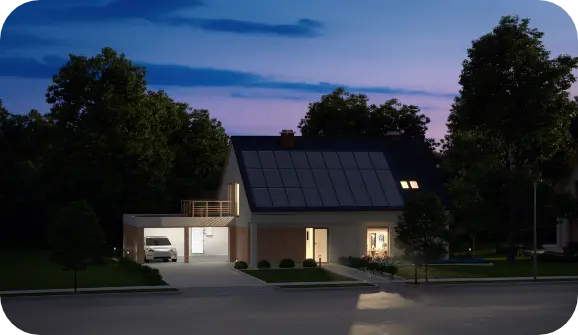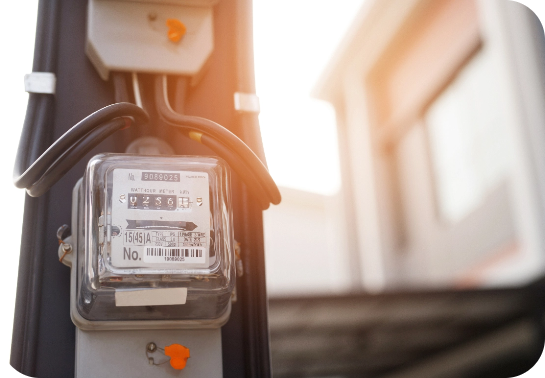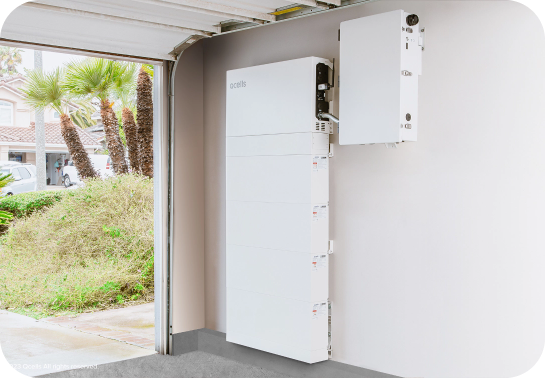Understanding Your Home’s Solar Battery Needs
If you’re considering switching to solar, adding solar batteries to your system is a great way to increase your home’s energy independence. However, you may wonder how many solar batteries you need to properly store the excess energy from your panels. Below, we’ll explore how to determine the right number of solar batteries for your home.

Solar Battery Basics
Capacity measures the amount of energy a battery can store, and efficiency shows how effectively the battery converts and retains energy. Both these factors can affect how many solar batteries are needed to power a house. Here are some other factors to consider.

Assessing Your Home’s Energy Consumption
The first step in determining how many solar batteries you’ll need is to assess your home’s energy usage. Here’s how to find out how much energy your home uses.
What Are Kilowatt-Hours (kWh) and Battery Efficiency?
Kilowatt-hours (kWh) measure the energy consumed or produced over time. This measurement helps you evaluate your home’s energy needs and determine how many solar batteries you need. Battery efficiency is how effectively a battery converts and stores energy. High-efficiency batteries can store more of the power your panels produce.


Types of Solar Batteries
Calculating the Number of Batteries for Your Home
To determine how many solar batteries you need, assess your home’s energy consumption and daily usage to estimate the total energy storage you need. Account for peak demand times and any specific energy needs during grid outages or times of low solar generation.

Factors Affecting Battery Requirements

Examples of Battery Setups for Different Home Sizes and Energy Needs
Axia’s Solutions for Home Solar Batteries
At Axia by Qcells, we offer solar battery storage to ensure reliable and efficient backup power. Our batteries provide a consistent power supply, maximize energy usage, and are built to last. Our team of experts also works closely with you to design a customized system tailored to your home’s unique energy needs.

Maximizing Your Solar Battery Investment
Investing in solar batteries is a big step toward energy independence and reducing reliance on the grid. Here are some aspects to keep in mind to ensure your investment provides maximum benefits.
Proper Installation and Configuration
Solar experts will work with you to create a system that fits your needs and ensure the system is safely and efficiently installed.
Tips for Efficient Energy Use and Battery Maintenance
To reduce energy waste, use energy-saving practices, such as reducing unnecessary energy usage and implementing appliance usage schedules. Conduct regular maintenance to optimize performance.
The Role of Solar Panels in Charging Your Batteries
Make sure your solar panels are correctly sized and positioned to capture the most sunlight. Doing this will optimize your battery’s charging efficiency and maximize energy storage.
Start Your Solar Journey Today!
Ready to make the switch to solar? Our professional installers and friendly customer support team are available to answer your questions and guide you through every step of the process. Contact us today to see how you can have a more energy-independent future with Axia!